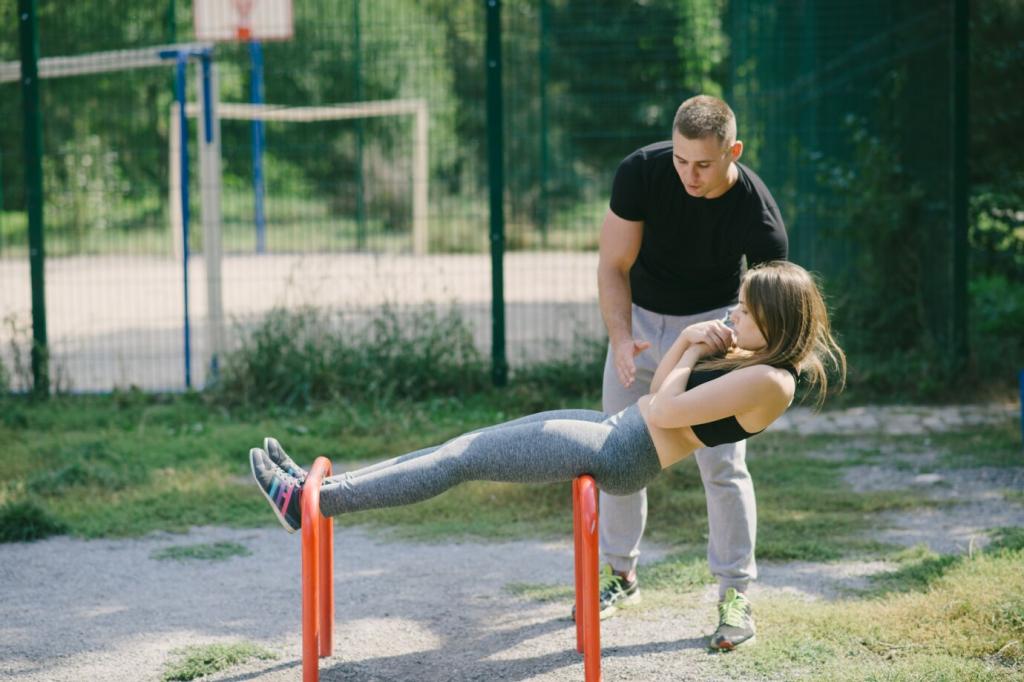Blueprint the Week: Structure for Strength, Cardio, Mobility, Recovery
Monday: Lower strength + hips. Tuesday: Cardio intervals + core. Wednesday: Mobility flow + light accessories. Thursday: Upper strength + carries. Friday: Mixed cardio + stretch. Saturday: Full-body circuit. Sunday: Recovery walk. Save this template and comment which day needs more guidance.
Blueprint the Week: Structure for Strength, Cardio, Mobility, Recovery
Use bodyweight, dumbbells, bands, and backpacks loaded with books. Superset squats with rows, hinges with presses, and add tempo for intensity. Two to four sets, eight to twelve reps. Ask for our progressive overload cheatsheet in the comments if you want structured jumps.



